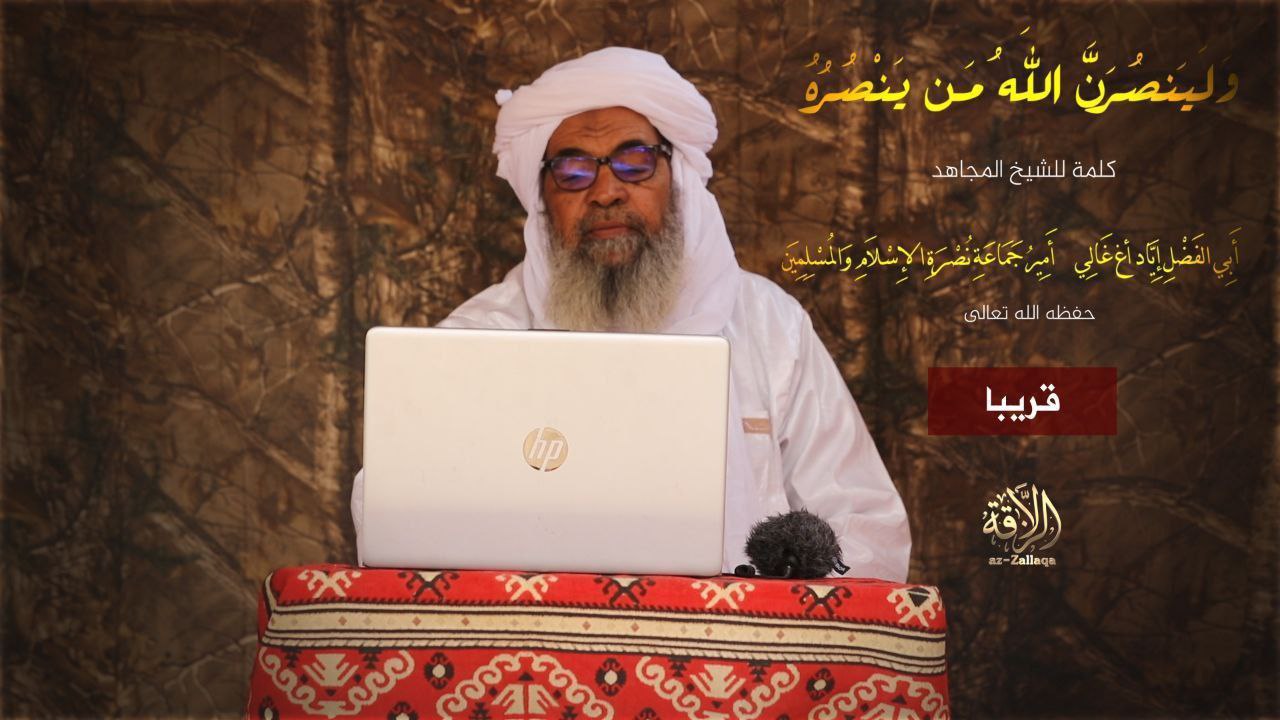
On March 21, 2023, The Washington Institute launched the Islamic State Select Worldwide Activity Map as a way to better track and understand the global jihadist organization’s status. The ongoing project includes data on IS propaganda, claims of responsibility, financial sanctions, arrests, and other factors, providing a more holistic view of the group than attack data alone.
A year later, the data collectively paints a sobering picture. Although the core IS “provinces” in Iraq and Syria remain degraded, the group has been able to diversify at the periphery, with the Khorasan province in Afghanistan (aka IS-K) spearheading external operations while various other provinces establish territorial control in Africa. IS supporters continue to plot major terrorist attacks as well, especially in Turkey, though most of these have been thwarted by law enforcement (with the notable exception of the January 2024 bombings in Kerman, Iran). Given these evolving threats, it is worthwhile to explore the findings of the IS Activity Map project in greater detail, since they can provide a clearer picture of where the organization stands today amid growing calls to dissolve the global coalition tasked with fighting IS.
Click here to read the rest.






